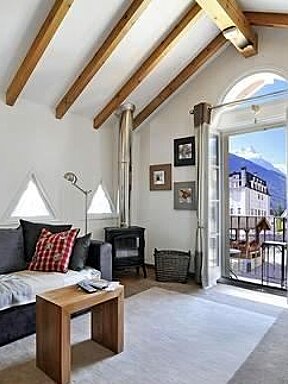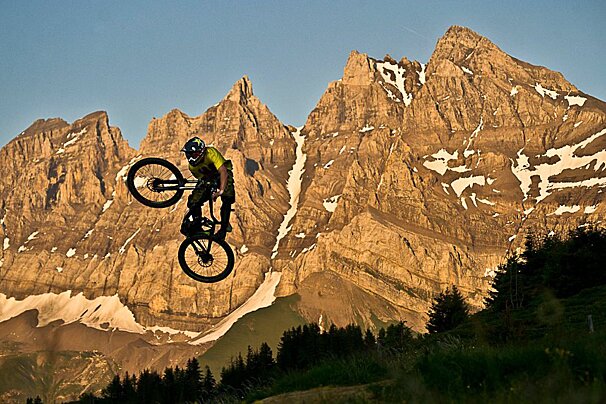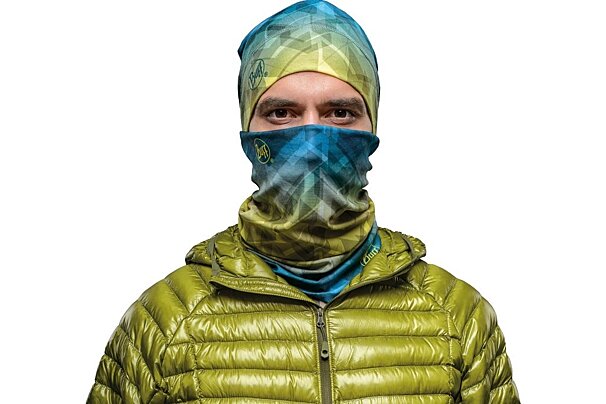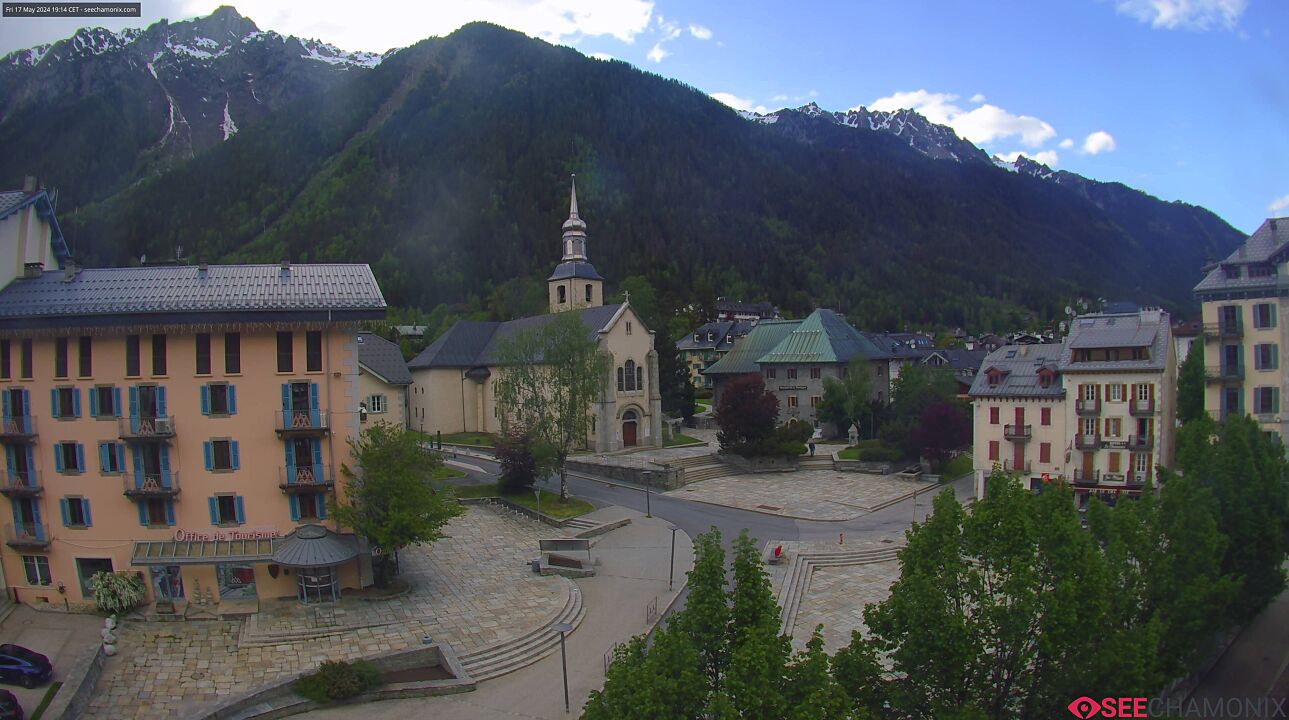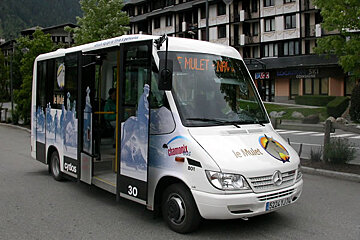
Chamonix valley transport developments
The Chamonix valley transport network is relatively simple – how to balance the demands of tourism, local life, heavy goods transport (including the Mont Blanc tunnel truck traffic) and the environment. The solutions are more complex especially given that consideration has to be given to all eventual outcomes, some of which are more utopian than others.
Given the circumstances the local authorities have invoked special clauses normally reserved for towns of population greater than 100,000 inhabitants, the Chamonix has 10,000 full-time resisdents – a number greatly swelled by tourists.
A complex feasibility study has been carried out to assess the options. The study uncovered that an average of 75,000 motorised travels per day (78,000 in summer) of which 50,000 are solely for travel within the valley (locals and tourists visiting the shops and local sites of interest). These figures don't even include the HGV traffic accessing the Mont Blanc Tunnel!
The conclusions drawn are to re-organise travel investment in the valley along five principal lines: road travel, the rail link as a means of communal transport; communal road travel (buses); greater control of circulation and parking; and park n' ride solutions. This in itself caused ripples of discontent as it was pointed out that the buses account for 10,000 passenger journeys per day compared to the train's 3,000, and so should be receiving more investment. The ultimate goal of the development would be that the trains would carry 300,000 passengers per day and 1,600,000 by bus. To achieve this it was being argued there would need to be dedicated bus-lanes, however this is difficult to achieve in a narrow valley such as that of Chamonix.
The result of the developments are geared to: improved security of all journeys; reducing car journeys; increasing public transport with economical charging and with less environmental pollution – notably by bicycle and on foot; improving the existing road routes notably by opening them up to alternative travel methods and improving circulation information; better car-parking; sensible charging with all-inclusive tickets; and encouraging local businesses to transport their personnel communally.
In the short-term solutions include increasing the frequency of the train service to every 20 minutes between Servoz and Vallorcine as well as a new stop on the Avenue Ravanel Rouge to serve the Aiguille du Midi (and possibly another stop at the level of the sports centre); more Mulets – the public minibues – circulating in the outlying villages more; delivery of goods delivered by train and then distributed by electric shuttles; and attractively priced tariffs for use of the services.
Ironically, for an area which has not wanted to promote it over walking/hiking, cycling is being touted for serious attention. The current infrastructure needs enhancing, notably in the off-season, with the creation of cycle-paths.
Time, it would seem, for us to all do our little bit more – I'm off to lunch now on foot...!
Source: Le Dauphiné Liberé

